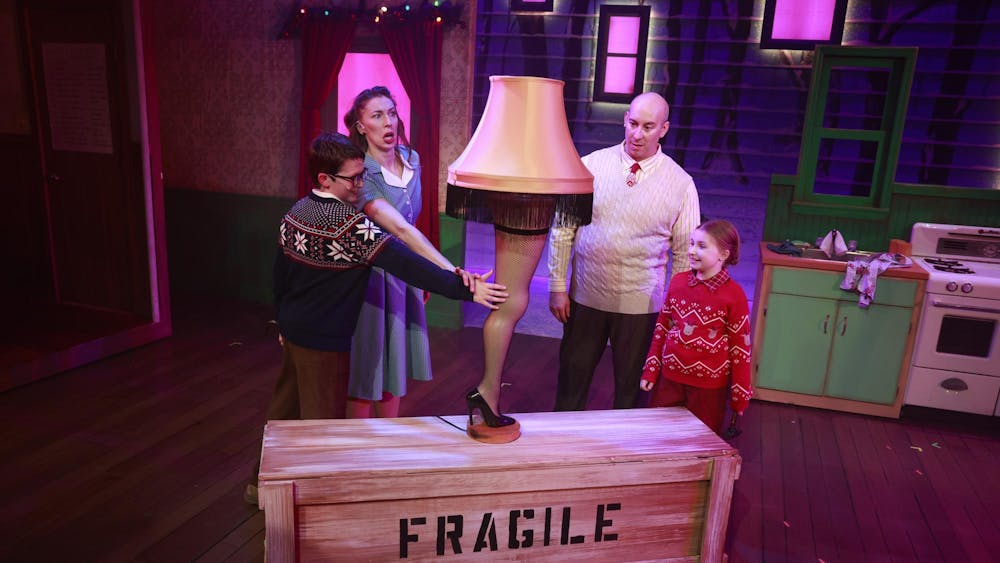Tapestry of Song, the brainchild of Nasrin Hekmat-Farrokh, is in honor of Women's History Month.\n"(It is an) overall celebration of womanhood," the press release states, "a concert that brings together the diverse genres of the vocal repertoire performed by woman."\nHekmat-Farrokh, an Iranian woman and the director of the show, conceived the idea years ago, she says. \n"This is to bring women together who have not always had the chance to freely and fully be creative," she said. \nHekmat-Farrokh referred to a passage on the concert pamphlet that refers to woman as the "second sex" saying, "Women have been hampered, they have not had a chance to use their potentials fully." \n Doctoral voice student Heather Nicole Winter pointed out the feel of femininity, including the title of the show, was intentional. \n"I wanted the show to be in kind of a way where it's happening, where one (act) floats into another," Hekmat-Farrokh said. "They would congratulate each other on stage, they would change clothes on stage." \nThe curtains only went down during intermission and at the end; in between each performance were constant interactions between the performers, in one case, changing costumes in front of the audience. Thea Smith, a senior in early music vocal performance or music performed before 1800, performed and went through different stage identities.\n"She has her costume changed, as if a nun turns into a courtesan," Hekmat-Farrokh said. "The two dancers in masks were representing her two personalities, and they try to convince her that there's more to life, but in her sadness, she pushes them away. And eventually they cry on her shoulder for this."\nThe interactions between acts were also significant in representing womanhood by providing a sense of giving support, Smith said.\n"It was providing a network of support," Smith said. "It was showing appreciation for each other."\nSarah Daughtrey, a doctoral student in voice, noted similar sentiments.\n"In the advertisements for this show, there's a quote that I like that says, 'Woman power is a formidable force,'" Daughtrey said. "I think we established a powerful connection." \nHekmat-Farrokh said she was also careful of whom she selected to be in the show.\nWinter, who was part of the project when it was conceived two years ago, said Hekmat-Farrokh was adamant about having only female performers.\n"Nasrin was careful about bringing empowered and independent women," Winter said. "There was this incredible vibe of having all these empowered women in one production." \nJaniece Jaffe, who gave performances in jazz, said there was a diverse range of music covered in the show.\n"All sound is healing on some level," Jaffe said. "It was wonderful hearing the sounds of different vocal productions."\nThe diversity of the show was not lost on the audience, either. \n"I think this campus needs more collaborate efforts like this concert; it puts into action the diversity this university actively promotes," said audience member Amanda Cisk.\nAs the intermission curtain rose, the duet performance of Clara Perry and Nelly Pazo came into sight, their casual presence on stage accompanied by their softly spoken Spanish words. \n"Latin music tends to be happy," Perry said later. "Everyone really got into it." \nThe audience gave the performers a standing ovation afterward. \nThe various taste of music presented to the audience was tied together and Hekmat-Farrokh said the diverse music at the end is not so different after all.\n"Even in these different genres, they share the same emotions: love, grief, sorrow," she said. "Music of the world, music everywhere, share the same human emotions, the same soul."\n-- Contact Staff Writer Christine Jang at chrjang@indiana.edu.
'Tapestry' a pattern of female voices
Get stories like this in your inbox
Subscribe





